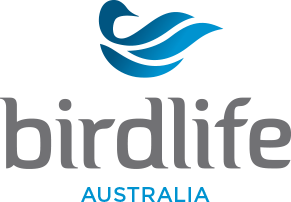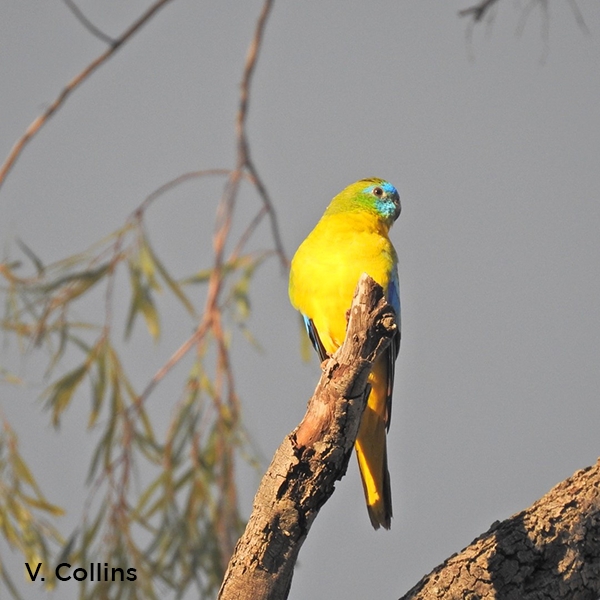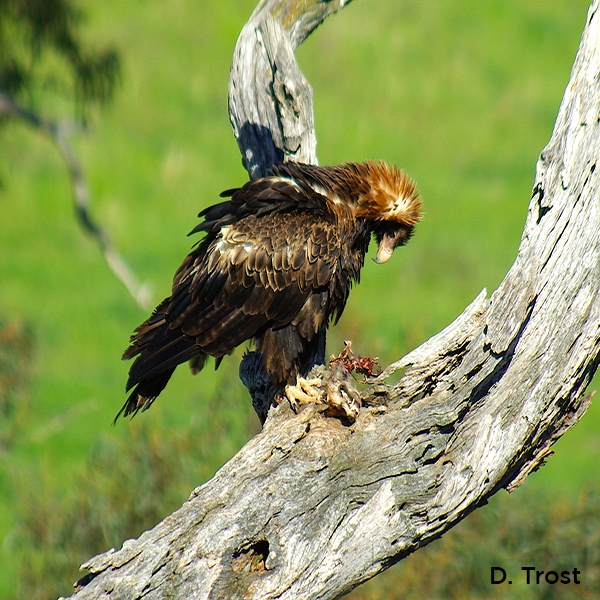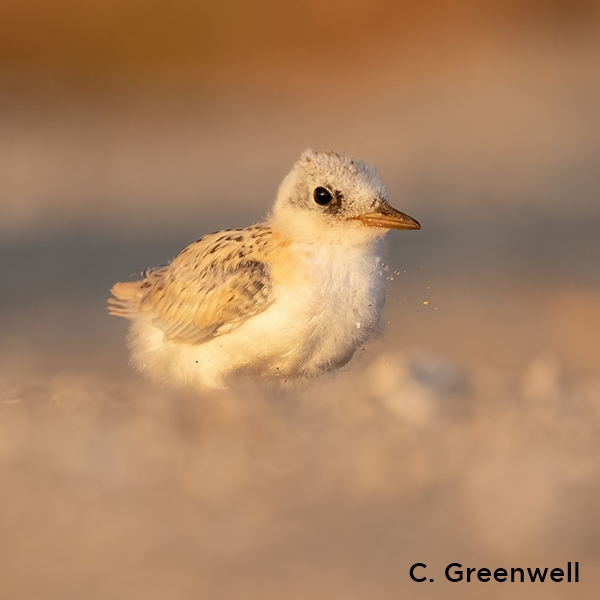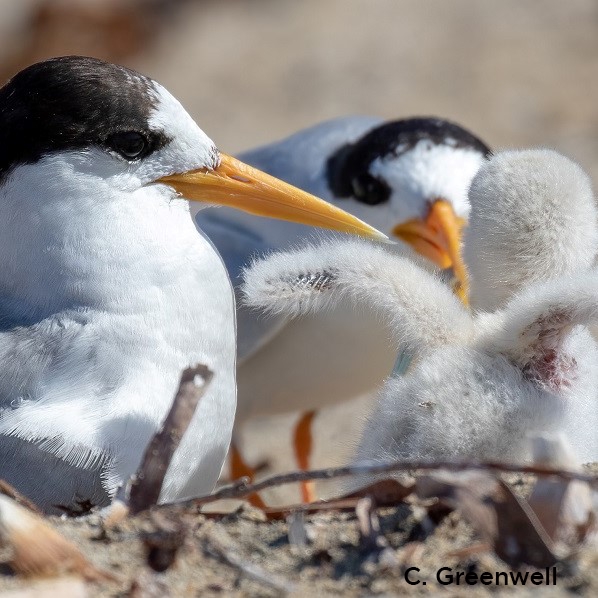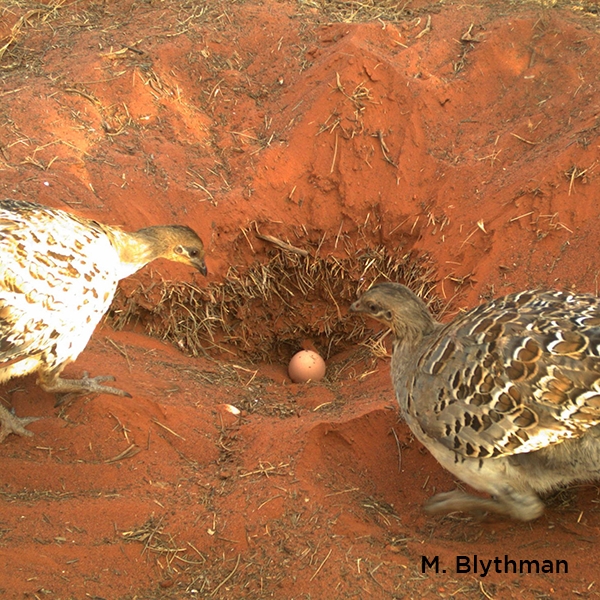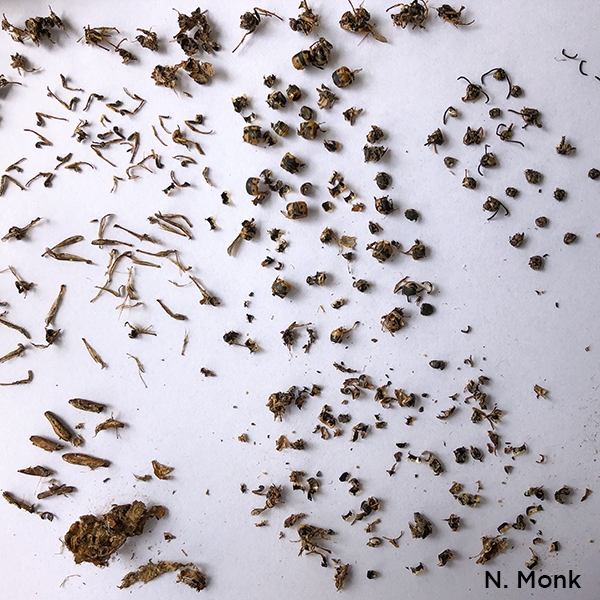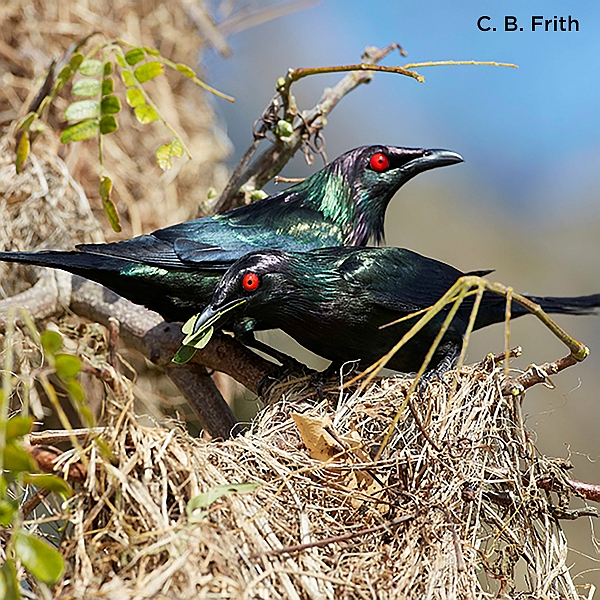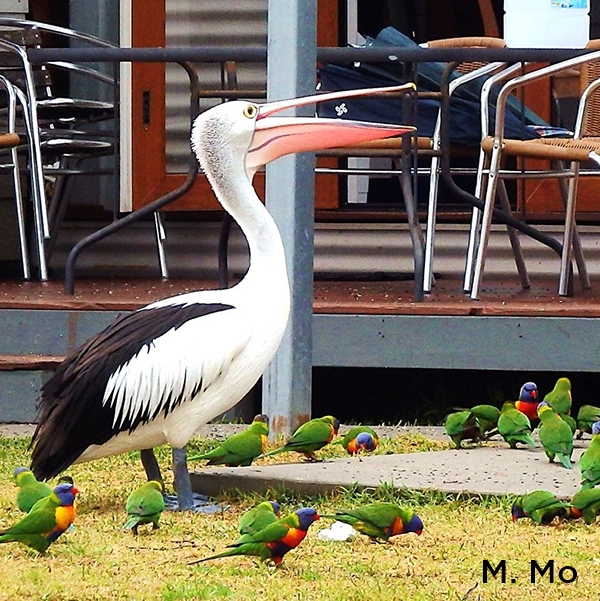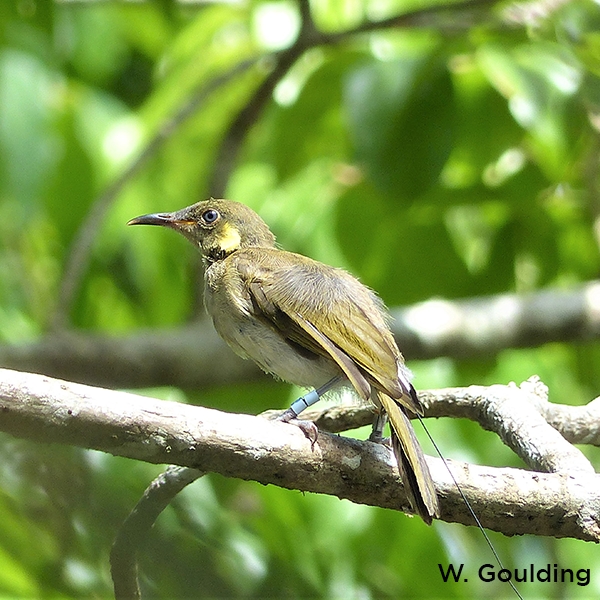Breeding biology and behaviour of the Pacific Baza Aviceda subcristata in subtropical coastal New South Wales
Keith David Fisher, Faye Hill
Abstract
References
Briggs, A. (2018). Breeding biology and behaviour of a pair of Pacific Bazas Aviceda subcristata in central-coastal Queensland. Australian Field Ornithology 35, 95–101.
Bureau of Meteorology (2018). Rainfall data for Murwillumbah (Bray Park), NSW. Available online: www.bom.gov.au (accessed 30 May 2018).
Cooper, R.M., McAllan, I.A.W. & Curtis, B.R. (2014). An Atlas of the Birds of New South Wales & the Australian Capital Territory, Volume 1: Emu to Plains-wanderer. NSW Bird Atlassers Inc., Sydney.
Cupper, J. & Cupper, L. (1981). Hawks in Focus. Jaclin Enterprises, Mildura, Vic.
Czechura, G.V. (1993). The Pacific Baza Aviceda subcristata in south-eastern Queensland: A review of natural history and conservation requirements. In: Olsen, P. (Ed.). Australian
Raptor Studies, pp. 196–208. Australasian Raptor Association, Royal Australasian Ornithologists Union, Melbourne.
Hollands, D. (1984). Eagles, Hawks and Falcons of Australia. Nelson, Melbourne.
James, P. (2004). The breeding cycle of a pair of Pacific Bazas Aviceda subcristata in south-eastern Queensland. Australian Field Ornithology 21, 133–140.
Lin, N. (1979). The weight of cicada-killer wasps Sphecius speciosus and the weight of their prey. Journal of the Washington Academy of Sciences 69, 159–163.
Lutter, H., Lutter, M., Rose, A.B. & Debus, S.J.S. (2004). Breeding biology and diet of the Square-tailed Kite on the mid-north coast of New South Wales. Australian Field Ornithology 21, 141–157.
Marchant, S. & Higgins, P.J. (1993). Handbook of Australian, New Zealand & Antarctic Birds, Volume 2: Raptors to Lapwings. Oxford University Press, Melbourne.
McCrie, N. & Noske, R. (2015). Birds of the Darwin Region. CSIRO Publishing, Melbourne.
Menkhorst, P., Rogers, D., Clarke, R., Davies, J., Marsack, P. & Franklin, K. (2017). The Australian Bird Guide. CSIRO Publishing, Melbourne.
Morgan, P. & Morgan, M. (2010). A failed breeding attempt of the Pacific Baza Aviceda subcristata near Grafton. Australian Field Ornithology 27, 129–132.
Sonnenburg, R. (1998). Time budget of juvenile Pacific Bazas, Aviceda subcristata: Describing and quantifying behaviour. Unpubl. project report, Charles Sturt University, Albury, NSW.
